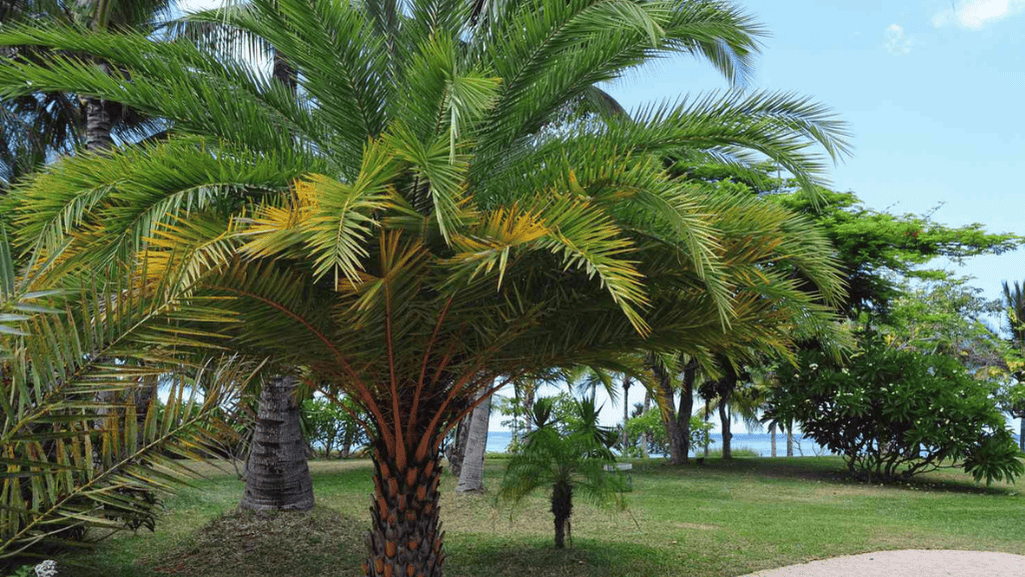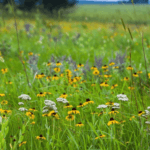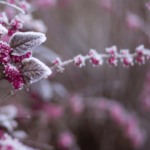
Beautiful flowers gardenia Plants For Your homes

Explore the world of cold hardy palm plants, a stunning group of tropical beauties that can handle cold temperatures. They bring an exotic touch to your garden without worrying about winter damage. These palms, like the needle palm and Chinese windmill palm, can thrive even in very cold weather.
Studies show that parts of Virginia were once home to the dwarf palmetto. The Chinese windmill palm also comes from a region in China similar to Virginia’s. With the right care, these palms can grow well in colder areas, making your garden stand out.
If you love the look of palm trees but live in cold areas, cold hardy palms are perfect. These plants can handle freezing temperatures, letting gardeners in northern areas enjoy palms. By choosing the right palms and caring for them, you can create a beautiful tropical oasis even in cold weather.
Cold hardy palms can handle cooler temperatures and even freezing. They come from places with mild winters, like the southeastern U.S., southern Europe, and parts of Asia. Some examples include:
These palms come in different sizes, shapes, and textures. They can fit many garden designs.
Adding cold hardy palms to your garden has many benefits. They include:
By choosing cold hardy palms, gardeners in cooler areas can enjoy tropical beauty without worrying about winter damage. With the right care, your garden will be lush and vibrant, feeling like a warmer place, no matter the season.
Creating a tropical oasis in chilly climates starts with the right palm plants. These palms can handle brief cold snaps, perfect for colder winters. Let’s look at some top cold tolerant palms for your garden.
The Needle Palm Tree is one of the toughest cold hardy palms. It can handle -10°F when fully grown. It’s great for USDA zones 5b-11.
Native to the southeastern United States, it grows into a large evergreen shrub. Its unique look and cold hardiness make it a top choice among cold hardy palm plants.
The Chinese Windmill Palm, or Trachycarpus fortunei, is a short palm that survives in most places. It can handle 0°F if the cold is brief. It’s from China, similar to Virginia’s soil and climate.
In Virginia, it can grow 10 to 24 feet tall. It adds a tropical touch to any landscape.
Island Wide Palm trees, based out of Medford, NY, offers a service to cover over 400 palm trees in the tristate area. This shows how popular cold hardy palms are becoming.
The Dwarf Palmetto is great for cold climates. It has blue-gray leaves that add interest in winter. It adapts to many soils and can handle 0-5°F, fitting USDA zones 7a-11.
Its small size and cold hardiness make it perfect for any chilly climate palm collection.
Other notable cold tolerant palms include:
Adding these cold hardy palm plants to your landscape creates a stunning tropical oasis. With the right care, they’ll beautify your garden for years.
More gardeners are growing winter hardy palm varieties in colder places. Palm trees can now grow in about 40 states with winter protection. It’s key to know how to plant and care for them to make sure they thrive.
Think about sunlight, drainage, and wind protection when picking a spot for your palms. Most palms like full sun, but some can handle partial shade. Make sure the soil drains well to avoid root rot and protect from harsh winds.
Start by adding organic matter and ensuring good drainage to the soil. A soil test can show if your soil needs nutrients like manganese and magnesium. Plant container-grown palms to reduce shock. The best time to plant is from late March to early July, giving them time to settle before winter.
Pro Tip: Acclimatize your palm trees by placing them in their intended location while still in their pots. This allows the plants to adjust to the light conditions before being planted in the ground.
Water your palms deeply but infrequently. Let the soil dry a bit between waterings to avoid root rot. Use a slow-release fertilizer made for palms, following the instructions on the package.
Pruning is crucial for your palms’ health and look. Remove dead or yellow fronds but don’t overdo it. Prune older fronds when more than half turn brown. Also, clean up debris and fallen leaves to prevent pests and diseases.
By following these tips, you can grow a variety of cold hardy palms. They’ll add tropical beauty to your yard. Remember, each palm species has its own needs, and proper winter care is essential for their health and survival.
As winter gets closer, it’s key to protect your northern climate palms. Cold hardy palms need extra care in the cold. The right protection can help them get through the winter.
Island Wide Palm Trees in Medford, NY, wraps over 400 palms each year. This shows how important it is to protect your palms from the cold. Sudden cold and weather changes can harm palm trees, slowing their growth and damaging roots.
Mulching is a great way to protect your palm trees. It keeps the roots warm, moist, and insulated. Experts say to use 4-6 inches of mulch, keeping it a few inches from the trunk to avoid rot.
Desert Empire Palms has grown palm trees in Southern California for years. They emphasize the need for year-round care to keep palms healthy and strong.
Wrapping and covering your palms can add extra protection when it gets cold. Use burlap or frost cloth to wrap the trunk and fronds. For more insulation, create a frame and cover it with a tarp or plastic sheeting.
Take off the covering when it gets warmer to avoid heat and moisture buildup. In dry winters, water the roots to prevent desiccation. Use an antitranspirant spray to reduce water loss during stress.
By using these protection methods, your cold hardy palms can stay healthy and beautiful, even in harsh weather.
Planning your landscape with cold weather palms opens up endless possibilities. With over 2,600 palm species, each with unique needs, you can make your backyard a tropical oasis. Choose the right freeze resistant palm trees and add other plants to make your outdoor space lush and beautiful.
To make a stunning tropical oasis, mix palm trees of different heights and colors. The Sylvester Palm (Phoenix sylvestris) stands out with its silver-blue fronds. Pair it with the Senegal Date Palm (Phoenix reclinata) for a graceful look. Add the Pindo Palm (Butia capitata) for its feathery fronds and orange fruit.
Choose zone hardy palms based on their size and function. The cocos or queen palm (Syagrus romanzoffianai) grows up to 50 feet, great for shade. The Sago Palm (Cycas revoluta) is perfect as a garden centerpiece, growing 10 to 15 feet tall.
To add to your tropical landscape, mix cold hardy palms with exotic plants. Birds of paradise, philodendrons, and ginger plants enhance the beauty of snowproof palms. Choose plants that work well together for a cohesive look.
When combining plants, think about their needs to ensure they grow well with your cold weather palms. For example, the Areca Palm (Dypsis lutescens) is a great privacy barrier when paired with smaller plants like ferns and bromeliads.
Remember, the key to a successful tropical landscape is to embrace the diversity of palm species and their companion plants. With careful planning and selection, you can create a stunning outdoor oasis that transports you to a far-off tropical destination.
Many palm species are surprisingly freeze tolerant and can thrive in colder climates. Yet, myths about these winter hardy palm trees keep gardeners from using them in their landscapes.
One myth is that palms need lots of water and fertilizer to live. But, many cold hardy palms are actually drought-tolerant and need little fertilization. These sub-zero palms are easy to care for, making them great for any garden.
“Many gardeners are surprised to learn that some palm species can tolerate temperatures well below freezing. With proper care and selection, these arctic palms can bring a touch of the tropics to even the coldest regions.”
Another myth is that palms are disease-prone and hard to care for. But, with the right care, cold hardy palms can stay healthy. Regular checks for pests and good air flow around the plant help keep them thriving.
Some think all palms grow slowly and take years to establish. But, many cold hardy palms, like the Windmill Palm (Trachycarpus fortunei), grow quickly in the right conditions. Choosing the right species for your climate ensures they grow well and look great.
By clearing up these myths, gardeners can confidently add freeze tolerant palms to their gardens. These plants are beautiful and resilient. With so many cold hardy palm species out there, you’re sure to find the perfect one for your garden, no matter the climate.
Cold hardy palm plants add tropical beauty to any landscape, even in cold areas. By choosing frost resistant palms like Needle Palm, Chinese Windmill Palm, and Dwarf Palmetto, gardeners can enjoy palm charm without cold worries. These palms can handle temperatures as low as -17°C with little damage.
To keep cold-tolerant palms thriving, give them the right care and protection. Plant them in well-draining soil and choose a sunny spot. Regular watering and fertilizing are key. Mulching and wrapping in winter adds extra protection against harsh weather.
Cold hardy palms open up endless design possibilities in your garden. Pair them with other cold-tolerant plants for a lush, tropical oasis. Their slow growth and adaptability make them easy to care for. So, bring a touch of the tropics to your backyard, even in the coldest climates.




